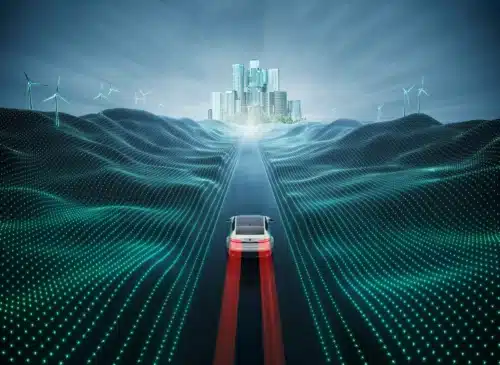- It has the potential to redefine energy storage, enhance energy density, and promise rapid charging
- Battery charges in less than 15 minutes

Replacing the conventional liquid solution with a solid electrolyte in solid-state batteries enables them to store significantly more energy in both weight and volume than lithium-ion batteries. However, developing a reliable solid-state battery with a lifespan suitable for the diverse requirements of any driver, including high charge and discharge rates, long service life, and temperature or safety concerns, has proven challenging thus far.
QuantumScape asserts that they’ve overcome this challenge with a design incorporating lithium-metal anodes. These anodes form around the current collector during battery charging, marking a significant breakthrough. QuantumScape has unveiled remarkable performance metrics, potentially making it the inaugural commercially viable lithium-metal solid-state battery. Their claims suggest the potential to enhance an electric car’s range by up to 80% and achieve an 80% charge in a mere 15 minutes.
The reported energy density is outstanding. In terms of volume, the new battery can store approximately 1 kWh per litre, a fourfold improvement over the current Tesla Model 3 battery. By weight, it boasts a range of 380-500 Wh per kilogram, compared to the 260 Wh per kilogram found in Tesla’s current offerings. QuantumScape’s battery is exceptionally fast to charge, achieving a 0-80% charge in just 15 minutes. Furthermore, it retains over 80% of its capacity after 800 cycles, equivalent to roughly 240,000 miles (386,000 km) of travel in an electric vehicle.
Dendrites are minuscule, tree-like structures within a lithium battery, featuring needle-like projections called whiskers. These elements pose significant risks, primarily by potentially piercing the separator within the battery, akin to how a weed can penetrate a concrete patio or paved road. Furthermore, they promote undesirable interactions between the electrolyte and lithium, hastening battery deterioration. Dendrites and whiskers are significant impediments to the widespread adoption of lithium metal batteries, despite their superior energy density in comparison to the widely used lithium-ion counterparts.
Dr. Stanley Whittingham, one of the co-inventors of the lithium-ion battery, emphasized that creating a functional solid-state battery is an intricate challenge that necessitates meeting several critical criteria simultaneously: achieving high energy density, rapid charging, an extended life cycle, and a broad operating temperature range. He added that if the company can indeed scale up this technology for mass production, it has the potential to revolutionise the industry. These outcomes push the boundaries of what was previously believed achievable in solid-state batteries, particularly in terms of withstanding high current densities for fast charging without the formation of dendrites, a long-pursued goal in the industry.






